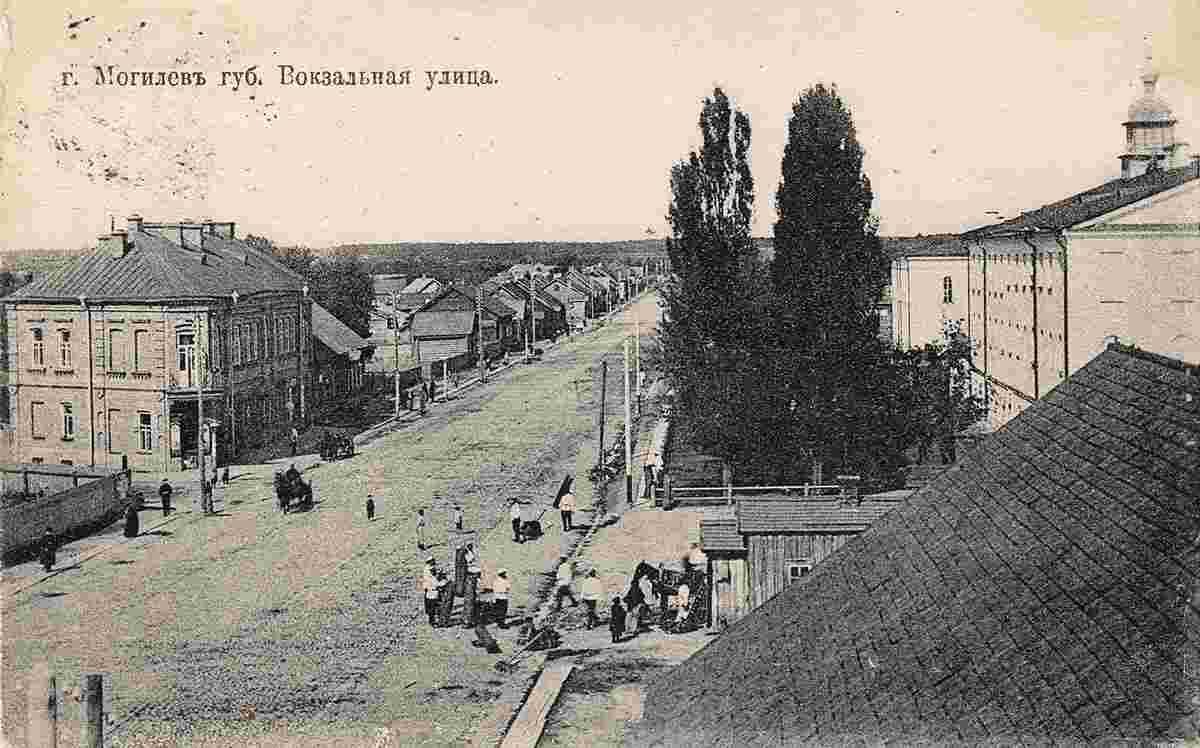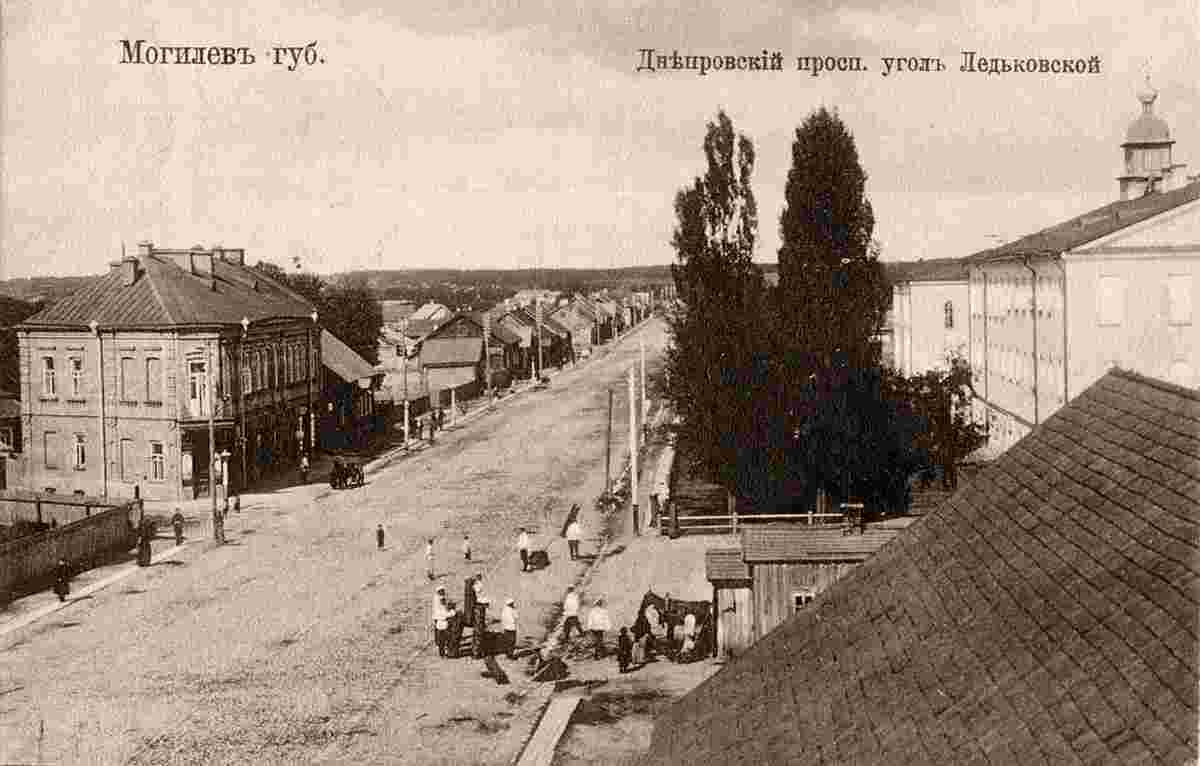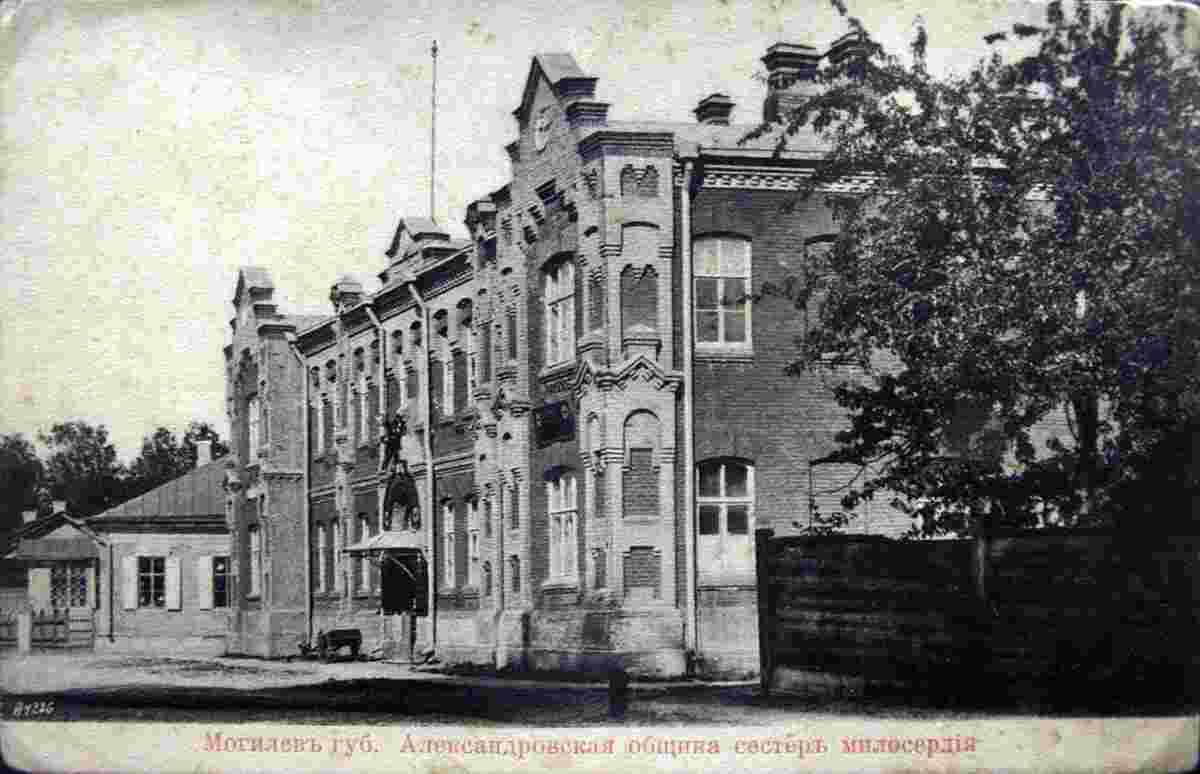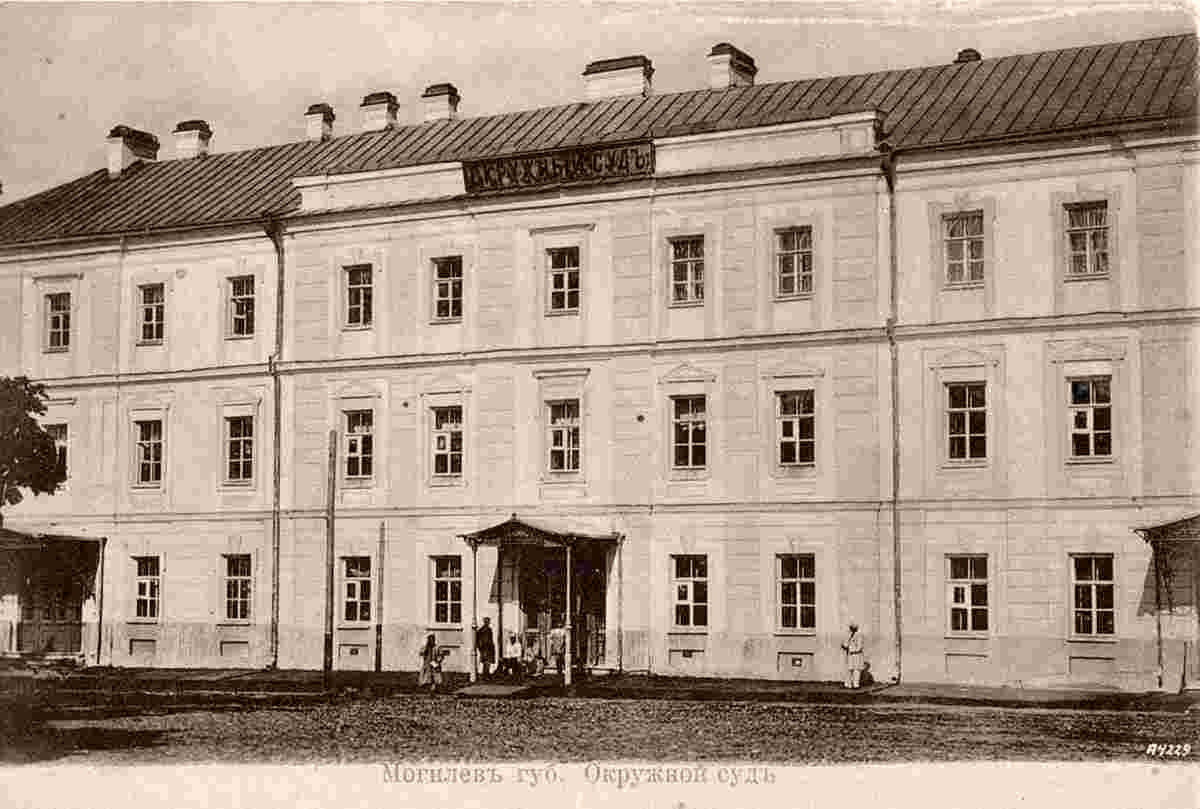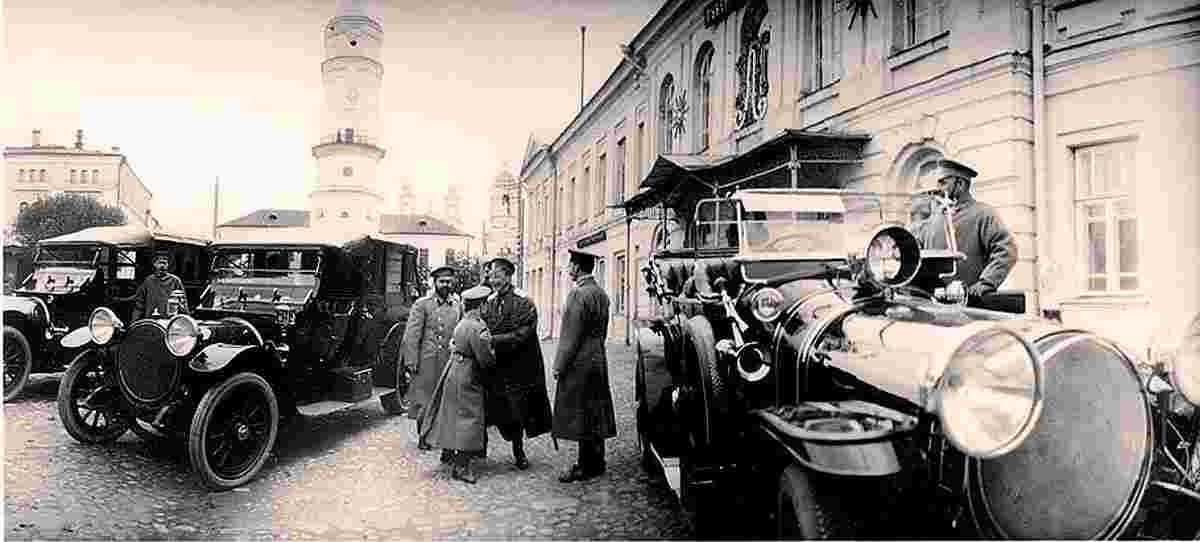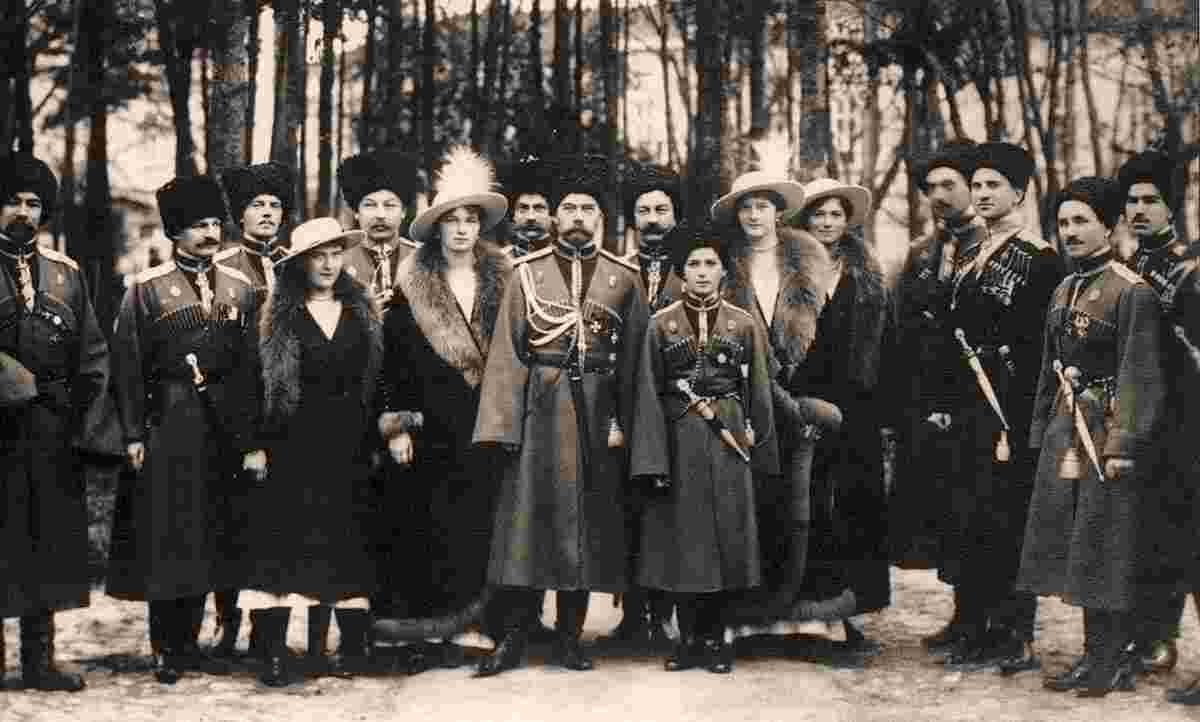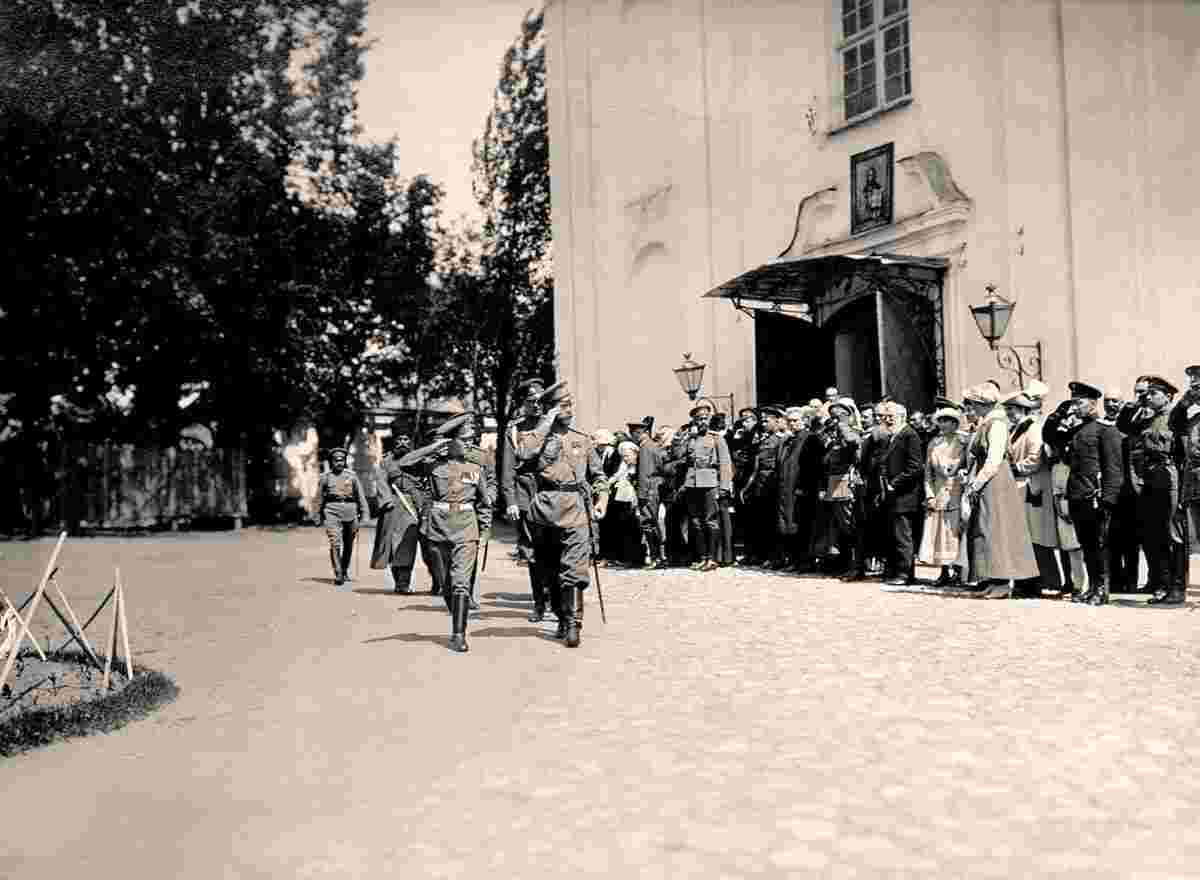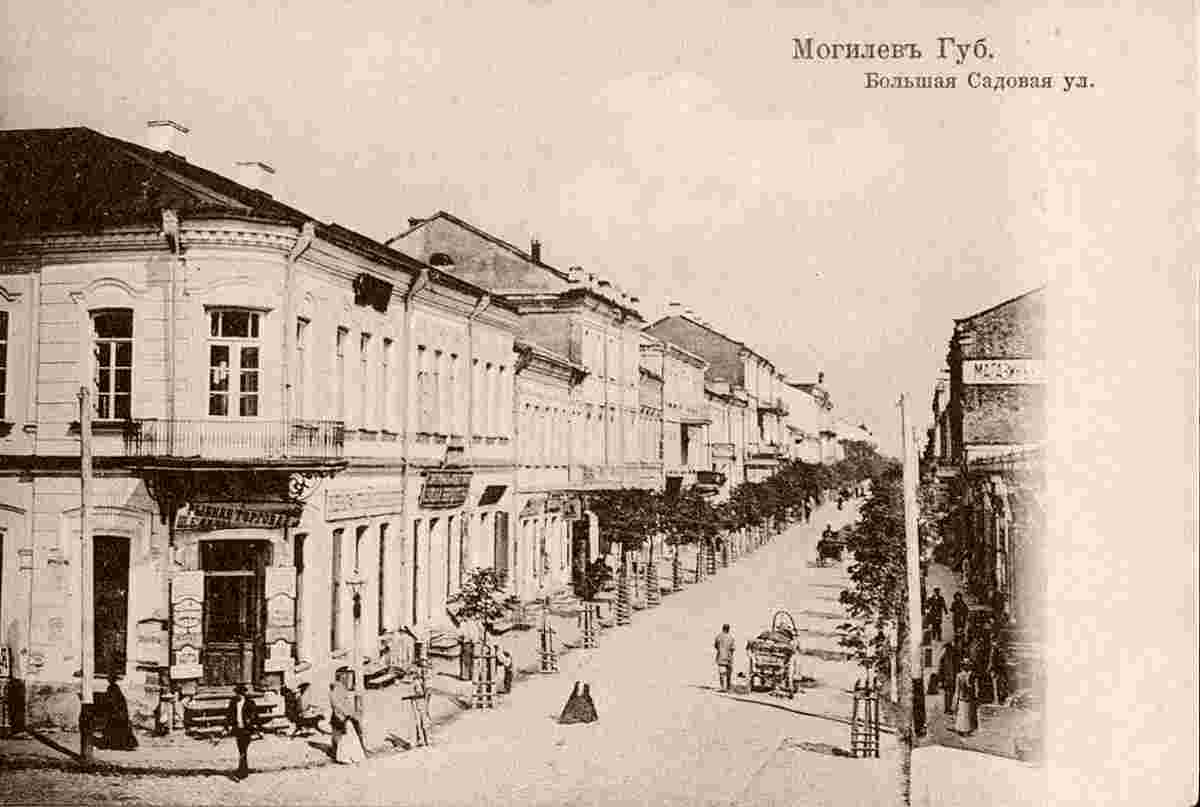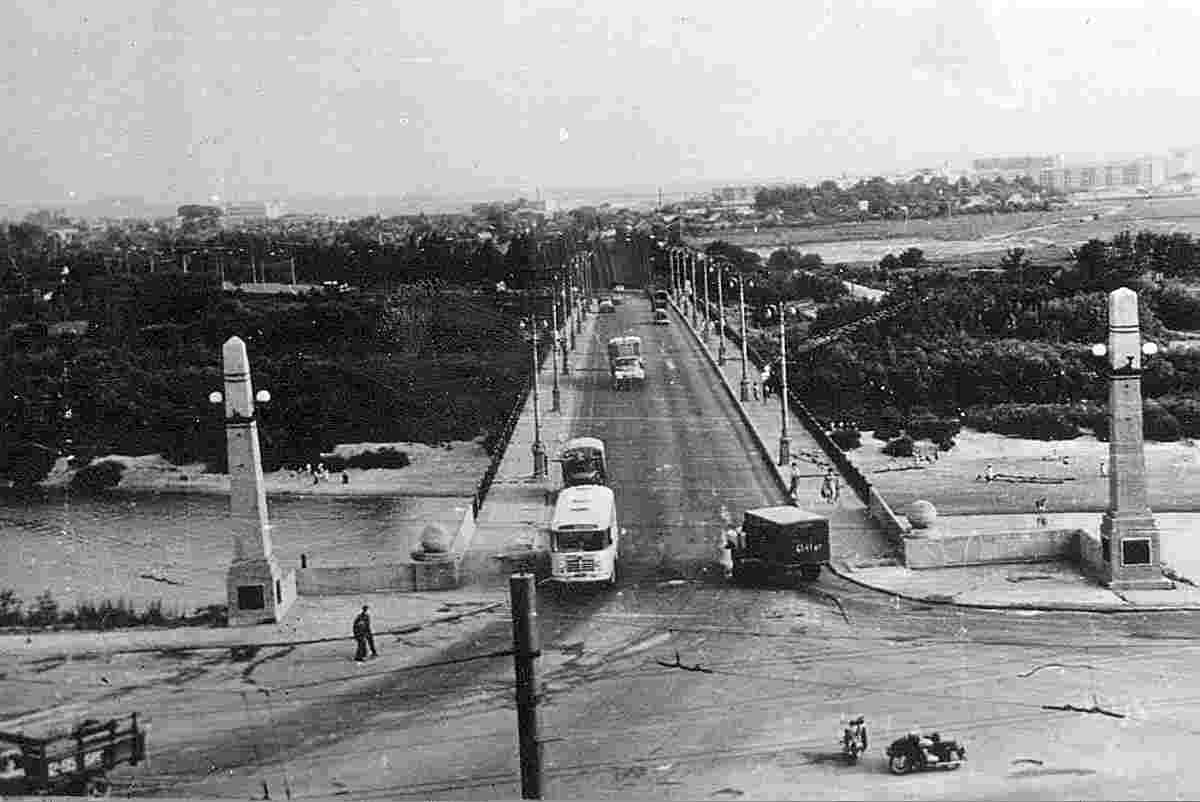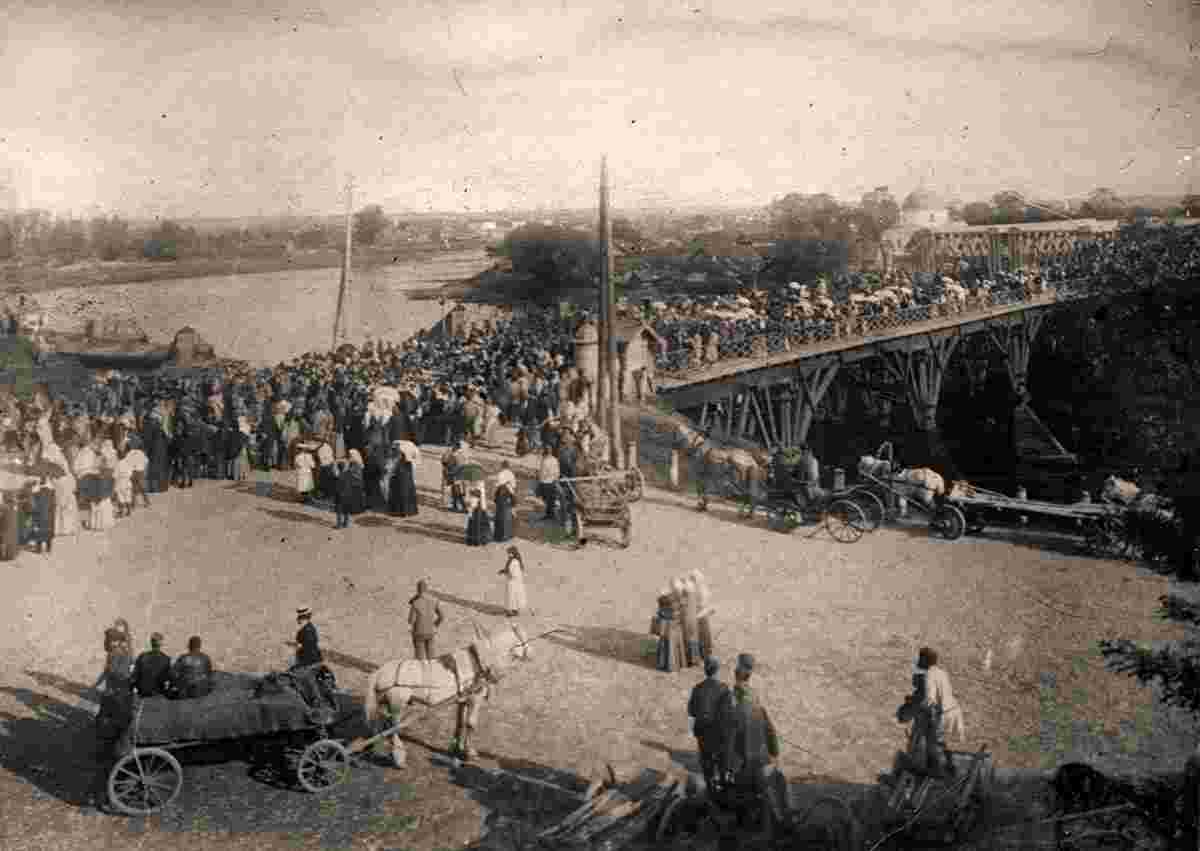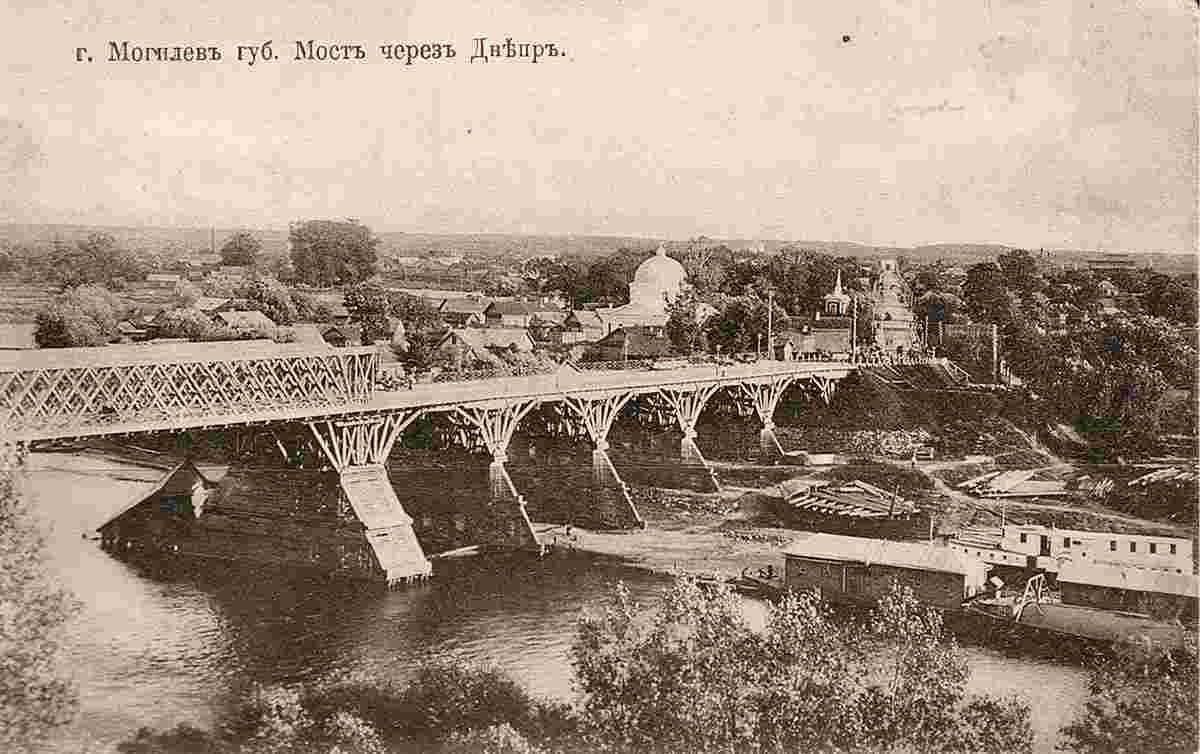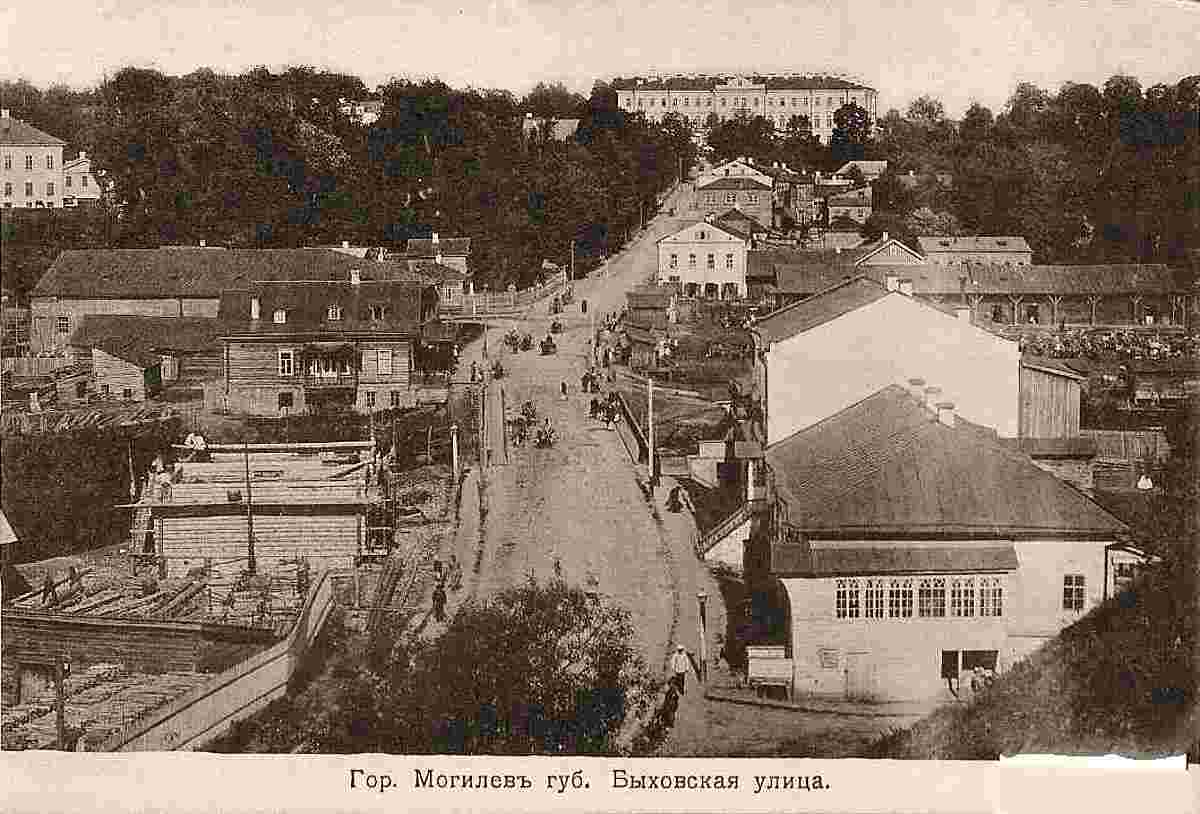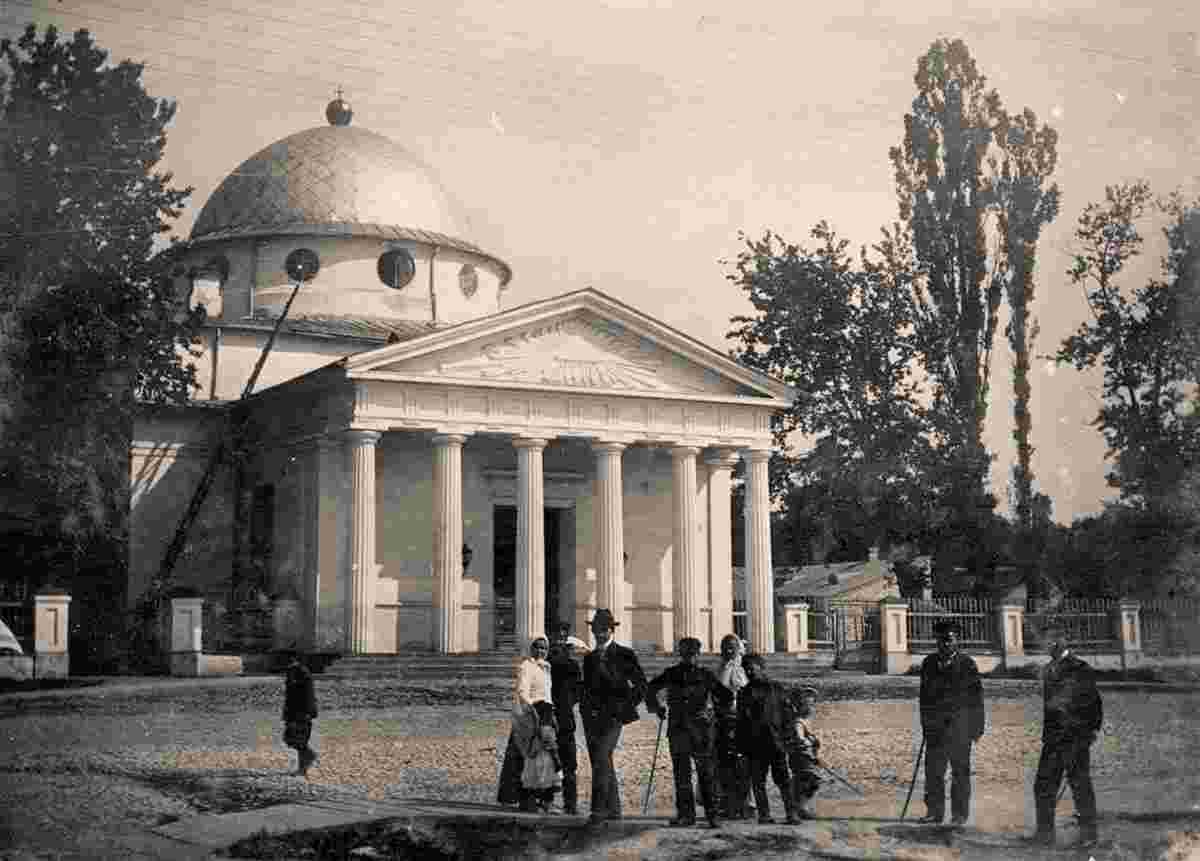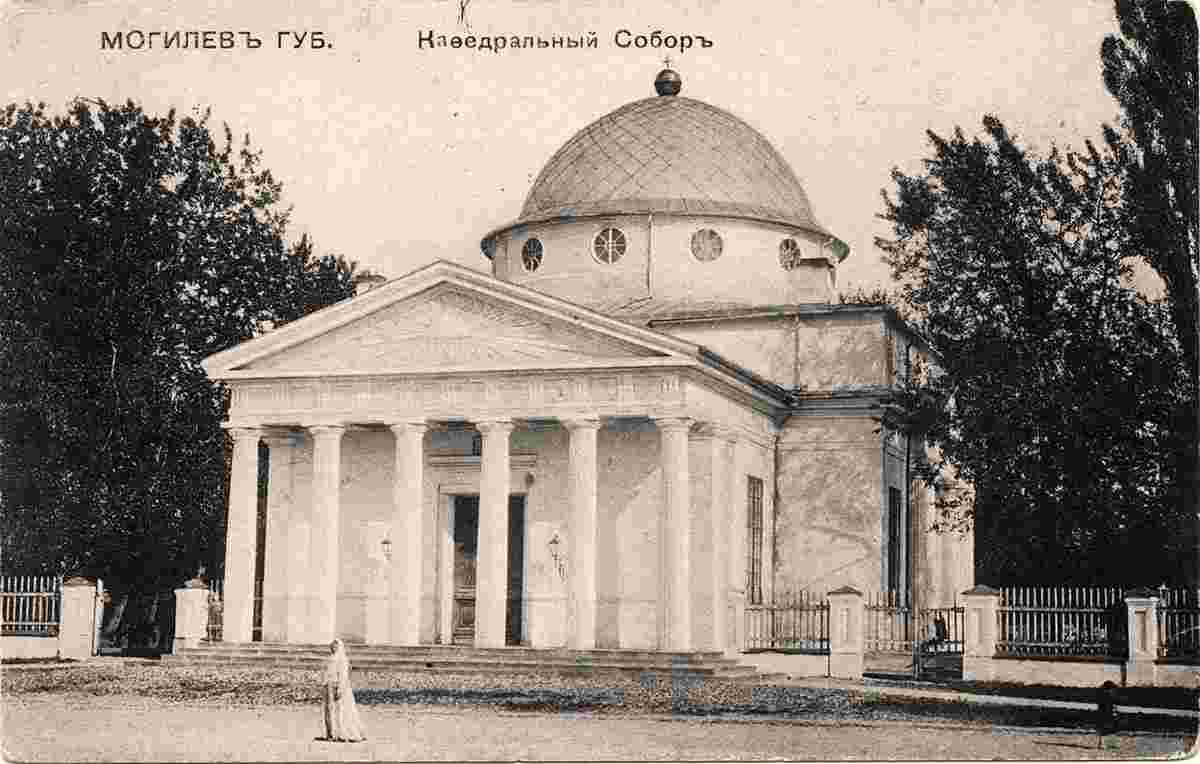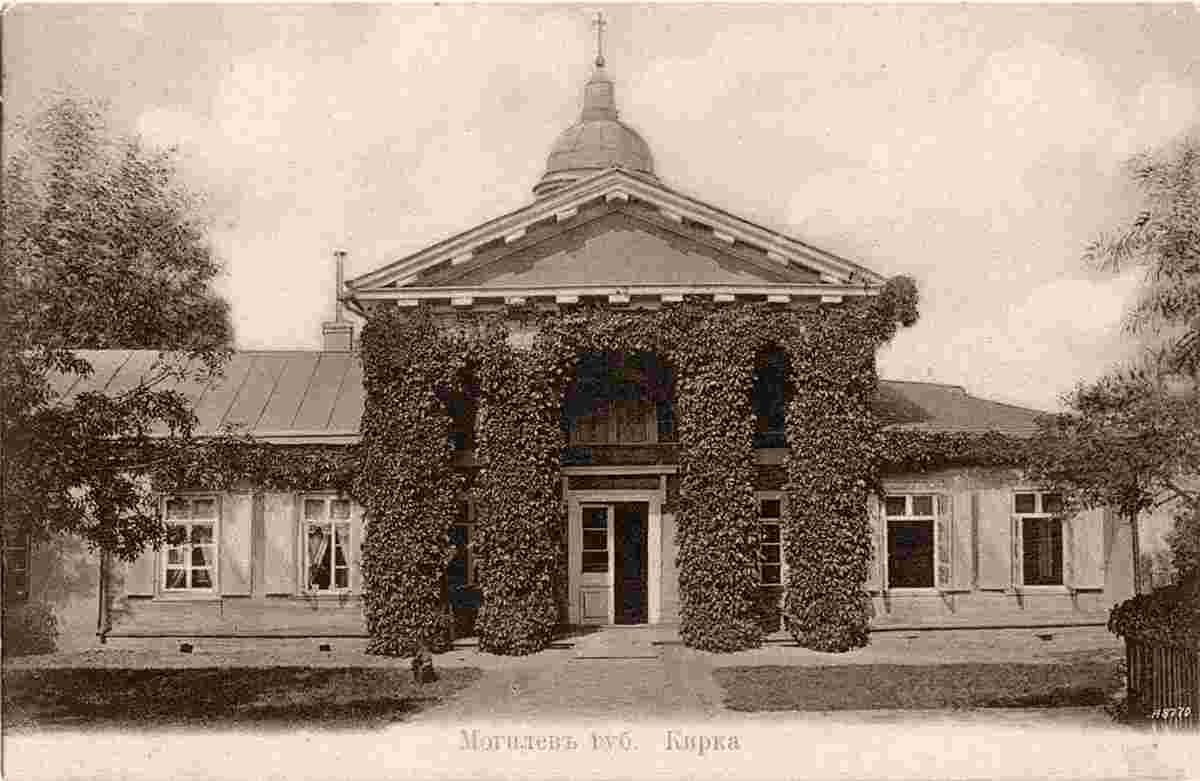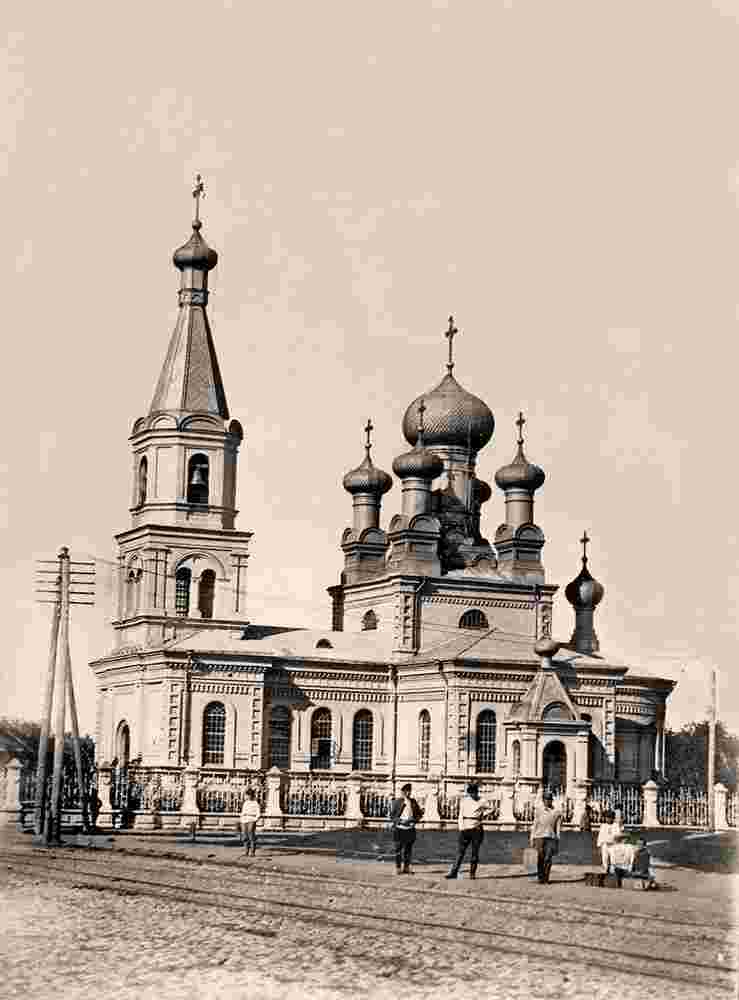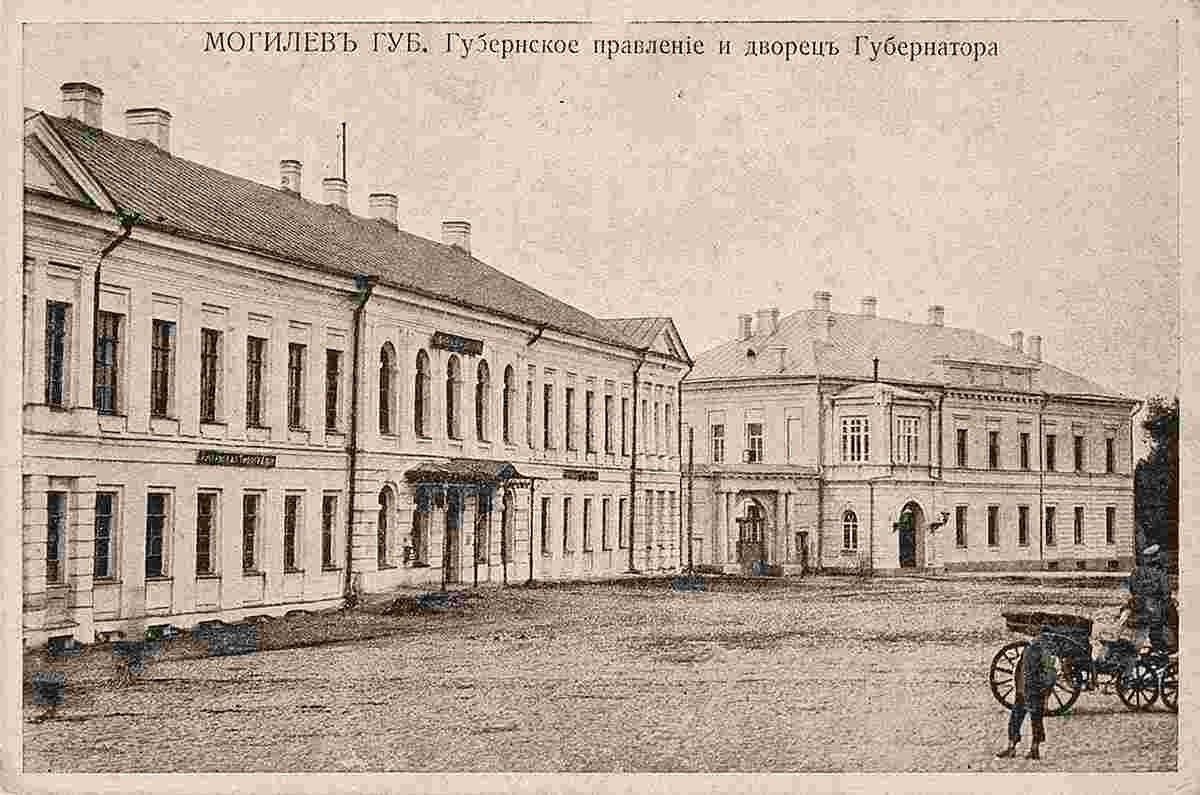History of Mogilev (Магілёў, Могилёв) in photos
HistoryThe city is mentioned in historical sources beginning in 1267. From the 14th century, it was part of the Grand Duchy of Lithuania, and since the Union of Lublin (1569), part of the Polish-Lithuanian Commonwealth, where it became known as Mohylew. In the 16th-17th centuries, the city flourished as one of the main nodes of the east-west and north-south trading routes. In 1577, Polish King Stefan Batory granted it city rights under Magdeburg law. In 1654, the townsmen negotiated a treaty of surrender to the Russians peacefully, if the Jews were to be expelled and their property divided up among Mogilev's inhabitants. Tsar Aleksei Mikhailovitch agreed. However, instead of expelling the Jews, the Russian troops massacred them after they had led them to the outskirts of the town. The city was set afire by Charles XII's forces in 1708, during the Great Northern War. After the First Partition of Poland in 1772, Mogilev became part of the Russian Empire and became the centre of the Mogilev Governorate. In the years 1915–1917, during World War I, the Stavka, the headquarters of the Russian Imperial Army, was based in the city and the Tsar, Nicholas II, spent long periods there as Commander-in-Chief. Following the Russian Revolution, in 1918, the city was briefly occupied by Germany and placed under their short-lived Belarusian People's Republic. In 1919, Mogilev was captured by the forces of Soviet Russia and incorporated into the Byelorussian SSR. Up to World War II and the Holocaust, like many other cities in Europe, Mogilev had a significant Jewish population: according to the Russian census of 1897, out of the total population of 41,100, 21,500 were Jews (i.e. over 50 percent). During Operation Barbarossa, the city was conquered by Wehrmacht forces on 26 July 1941 and remained under German occupation until 28 June 1944. Mogilev became the official residence of High SS and police leader (HSSPF) Erich von dem Bach. During that period, the Jews of Mogilev were ghettoized and systematically murdered by Ordnungspolizei and SS personnel. Heinrich Himmler personally witnessed the executions of 279 Jews on 23 October 1941. Later that month, a number of mentally disabled patients were poisoned with car exhaust fumes as an experiment; the method of killing was thereafter applied in several Nazi extermination camps. Initial plans for establishing a death camp in Mogilev were abandoned in favour of Maly Trostenets. In 1944, the utterly devastated city was liberated by the Red Army and returned to Soviet control. Mogilev then was the site of a labour camp for German POW soldiers. Since Belarus gained its independence in 1991, Mogilev has remained one of its principal cities. Origin: en.wikipedia.org | |||||||||||||||||||||
 |
Old historical photos and pictures of Mogilev, Belarus
Старыя гістарычныя фота і здымкі Магілёў (Могилёв), Беларусь |
| Cities of the World • Countries of Europa • Cities of Belarus |
| Robinson Rd, CB 13862 Nassau, NP, The Bahamas |
 •
• 

